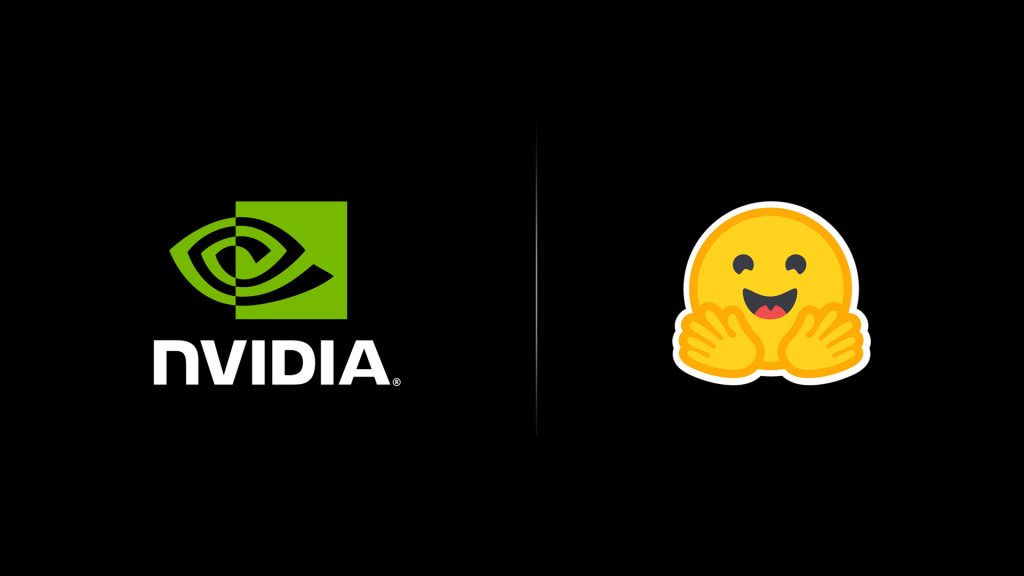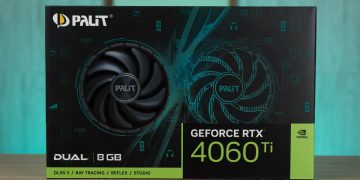Aside from Omniverse and OpenUSD, NVIDIA as expected revealed a bunch of AI-related updates spanning both the hardware and software section. Let’s get to it.

The biggest reveal is none other than the new GH200 Grace Hopper Superchip touted as the world’s first HBM3e processor made just for generative AI and accelerated computing demands.
By far the best solution to tackle the most complex workloads from LLMs to recommender systems and even vector databases, the recommended configuration which is dual chip, contains 3.5x more memory capacity and 3x more bandwidth than current generation offerings.
Specializing in connecting GPUs to deliver performance with zero compromises, they are also making it so that it can be easily deployed across data centers. With the power of NVLink, the total memory can go up to 1.2TB which is fully accessible by any GPU.
As for HBM3e, it is basically the enhanced version of HBM3 that offers 10TBps of bandwidth.
Systems equipped with GH200 are expected to be fulfilled starting Q2 2024.

Moving onto software, the new guy in the house is the NVIDIA AI Workbench catered towards developers who need to quickly create, test, and further customize any sort of pertained generative AI models on a PC or workstation and then set them off in any data center or cloud environment.
The goal of AI Workbench is to get rid of complexity issues by offering models from Hugging Face, GitHub, and NVIDIA NGC for a great jumpstart then work further from there.
Any Windows or Linux-powered systems running RTX cards will be able to do every test on the local machine while having them reflected across the cloud to see what sort of resources are required to scale accordingly.
The usual “3 musketeers” NVIDIA NeMo, NVIDIA Triton Management Service, and NVIDIA Base Command Manager Essentials forming the AI Enterprise 4.0 platform pack everything one needed to start their AI journey.
Leading software companies like ServiceNow, SnowFlake, Dell, Google Cloud, Microsoft Azure, and more, are all part of this ecosystem where one could seek out the most suitable solutions.

Lastly, the largest AI community Hugging Face is pairing up with NVIDIA to open up generative AI technology at the supercomputing level where users of the former platform will be able to gain access to NVIDIA DGX Cloud for some heavy-duty processing power in order to realize some life-changing models.
It can also supercharge all sorts of applications dedicated to specific industries for unprecedented improvements with more than 250K models and 50K datasets available for access.
The collaboration will also see Hugging Face offering the new Training Cluster as a Service (TCaaS) available in the coming months that allows any business to create and have their own generative AI models trained directly in the cloud.
Speaking of the cloud, the NVIDIA DGX Cloud allows instances to host 8x H100 or A100 80GB Tensor Core GPUs, making up a total of 640GB with NVIDIA Networking connecting everything with low latency fabric, ensuring all workloads can scale across clusters of interconnected systems.









